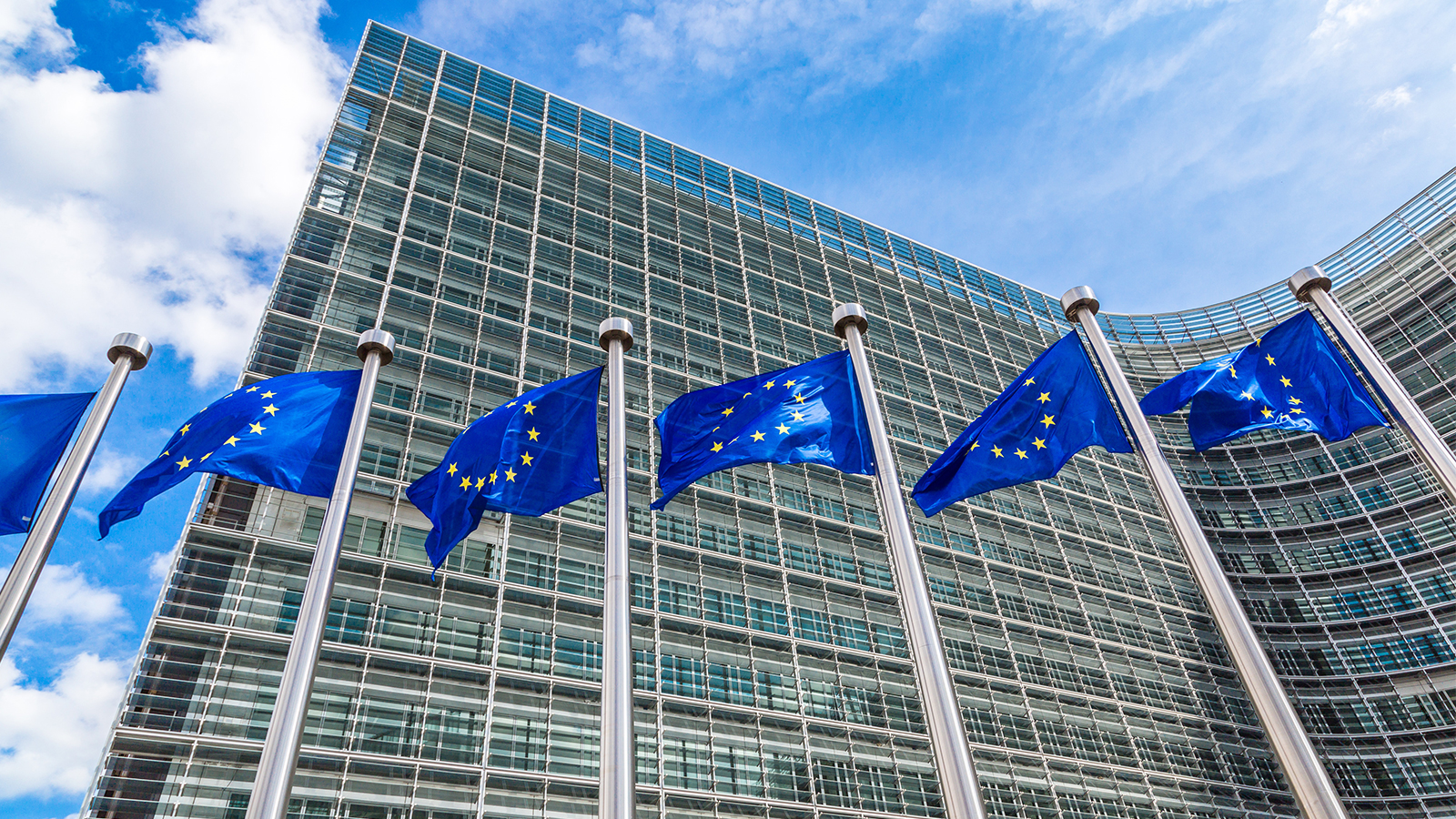News from Europe: Trilogues, Medical Devices and IVD Regulations Carry on in 2016
有任何问题?向我们的专家获取相关信息
联系我们2015年 12月 15日
The Dutch embassy in Brussels held a meeting to inform major stakeholders about the expected developments regarding negotiations about the new regulations for medical devices and in vitro diagnostics.
 This meeting was organised because The Netherlands will chair the European Union in the first half of 2016, and the Dutch want to finalize the negotiations about the new Regulations during that period. This unique initiative was highly appreciated by the participants, as this is an efficient and transparent way to inform all parties involved.
This meeting was organised because The Netherlands will chair the European Union in the first half of 2016, and the Dutch want to finalize the negotiations about the new Regulations during that period. This unique initiative was highly appreciated by the participants, as this is an efficient and transparent way to inform all parties involved.
Trilogues
The process of introducing new legislation generally starts with a proposal of the European Commission. This document is sent to the European Parliament (EP) for the “First Reading.” The EP can propose amendments.
Next, the European Council – the Member States – will do a “First Reading” of the Commission’s document with those amendments. Should the Council accept the EP version of the document, the legislation will be adopted. If not, the proposal is rejected. The so-called “trilogues” are introduced to allow an extension of the First Reading stage in order for the EP and Council to agree on a final version.
A trilogue does not have a formal status; it is just a practical solution to enable the European legislative process to overcome differences in opinion. The First Reading does not have a fixed time frame, so there are only practical limitations to how long this phase should take.
Although the trilogues are held between EP and Council, the European Commission participates by facilitating this process and offering practical support, as well as by having their legal service look into the proposals. This minimizes the risk of contradicting legislation or undesired side effects.
There are two types of trilogues, the General – political – trilogue and the Technical trilogue. The former focuses on the general principles of the legislation, while the latter covers the technical details. There are different teams for both types of negotiations, although some participants take part in both. Of course, it is a challenge to keep both processes in balance and make sure political ambitions are reflected in the technical results.
State of play
Under the current Luxembourg presidency there have been five political and seven technical trilogues. They did not result in a document ready for the First Reading. The Dutch now aim for another three to five political and 10 to15 technical meetings. They are confident that this will lead to positive results because they have seen that the negotiators are clear about their positions and the interests they stand for, while at the same time they are open to compromise in the negotiations. It is expected that the Dutch will resume the trilogues at the end of January or the beginning of February 2016.
Having said that, many uncertainties remain. The complexity of the subject means that everything is still on the table. This also means that it is not possible to tell for sure what will be in the final versions of the Regulations and when they would be ready for the Second Reading. Although experienced regulatory experts may be able to make some “educated guesses,” everything is still in the works.
Points of discussion
The Dutch delegation gave some insight in the main points of friction in the negotiations. Issues include genetic testing, dangerous substances (CMR), reprocessing of single use devices, liability insurance, scrutiny procedures, validity of certificates during the transition period and some classification rules for medical devices as well as IVDs. But there are many other points of contention where agreement has yet to be reached.
Next
Let’s presume the next six months will indeed lead to a compromise text that can be presented as a “First Reading” Council document. The next step would be a Second Reading by the EP. This will again lead to a position by EP that will be evaluated by the Council. There is a strict three-month timeline for this Second Reading. After that the proposal may be adopted, rejected or adapted. The adapted version will go into the Third Reading stage, where these steps are repeated. This step has a timeframe of six weeks, which can be extended by two weeks.
This means that it will still take until the end of June 2016 at the earliest before it becomes possible to tell more about the upcoming Regulations for medical devices and IVDs.
What’s to come
In January 2016 the first meeting of the Future Eudamed Steering Committee will be held. Emergo will attend, representing the European Association of Authorised Representatives. The next generation of Eudamed is expected to contain much more data and will be a very active database. This development will impact every medical device manufacturer represented on the European market, and has the potential to impact all major markets for medical devices. More of the challenges and opportunities of Eudamed will be discussed in future blog posts.
Ronald Boumans is Senior Global Regulatory Consultant at Emergo's office in The Netherlands, and a former senior inspector at the Dutch Healthcare Inspectorate.
作者
- Ronald Boumans